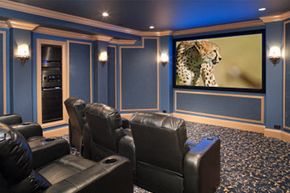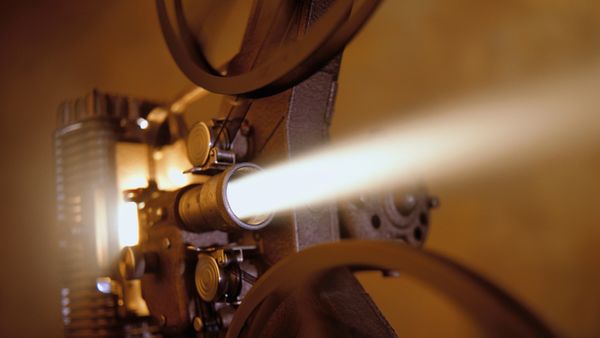In 2000, big-screen TVs were a luxury. Rear-projection DLP TVs produced an HD picture, but they cost a fortune and were extremely heavy and difficult to transport. Plasma televisions, on the other hand, suffered from screen burn-in that could permanently discolor areas of the electronic display. And LCDs didn't offer the picture quality of plasma sets. But what a difference 10-plus years makes. Today LCDs are the dominant player in the HDTV arena and clunky rear-projection sets have all but vanished.
But with gigantic televisions now affordable enough for most average consumers, movie theaters are now in a bit of a bind. How do theaters continue to attract customers, especially when the average movie-going experience inevitably involves paying a small fortune for tickets, and dealing with crowds and disturbances during the film? With theater-to-DVD turnarounds taking only a few months, and services like Netflix providing inexpensive ways to watch movies at home, the movie and theater industry has had to adapt to the rapid evolution of television technology that has put the movie-going model in danger.
Advertisement
Theaters have turned to digital 3-D -- something most TVs still don't have -- to draw in crowds and give movie fans a reason to come back to the theater. And so far, the strategy has worked -- sort of. While pricier 3-D ticket sales helped drive high revenues for films like "Avatar" and "Toy Story 3" in 2010, those higher prices might end up backfiring on the movie industry in the future [source: The Wrap]. Keep reading to find out why.




